Venezuela by 1970 had become the richest country in the Latin America region. This situation was reversed after the oil industry was nationalised in the mid-1970s and oil prices collapsed in the international markets during the 1980s. The Government enacted a Bank Reform Law prohibiting new foreign investment in the banking sector after 1970.
Country information
Venezuela, officially the Bolivarian Republic of Venezuela, was on the northern coast of South America. The country was bordered by the Caribbean Sea and the North Atlantic Ocean on the north, Colombia on the west, Brazil on the south, Trinidad and Tobago on the north-east and Guyana on the east.

Caracas was the capital of Venezuela, and at one time one of Latin America’s most thriving, glamorous cities.
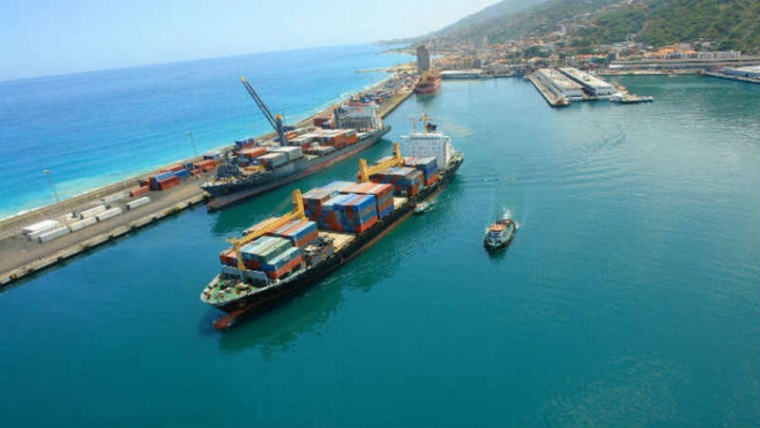
For centuries, Caracas had literally grown up around the nearby Port of Puerto Cabello, or Cabello Port, the largest port in Venezuela and known for its importance in the oil industry.
History
Venezuela had a large indigenous population.
The country was colonised in 1522 by Spain and establishing its first permanent settlement in South America. The indigenous people put up a lot of resistance, but the Spanish forces ultimately subdued them.
In the 16th century, during the colonisation by Spain, were converted to Christianity (Roman Catholicism) by Jesuit missionaries who arrived from Italy.
Between 1576 and 1810, about 100,000 African slaves were reported to have been transported to Venezuela across the Atlantic Ocean via the transatlantic slave trade. These enslaved Africans were from present-day Angola, Senegal, Gambia, Benin, Nigeria and the Congo.
.jpg)
The African slaves were forced to work mainly in the gold mines, pearl fishing industry and on the numerous cocoa plantations.
In 1811, Venezuela became one of the first Spanish-American territories to declare independence from the Spanish Empire and to form part, as a department, of the first federal Republic of Colombia (known as Gran Colombia).
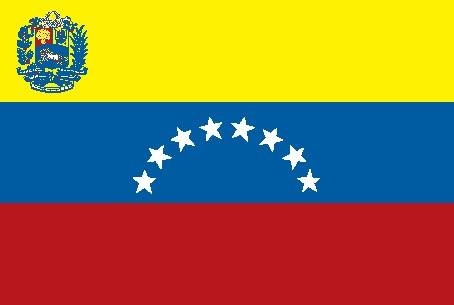 Venezuela separated from Colombia to become a full sovereign country in 1830.
Venezuela separated from Colombia to become a full sovereign country in 1830.
Population and language
When BCCI was established in 1972, the population of Venezuela was around twelve million.
The people of Venezuela came from a variety of ancestries. The majority of the population was estimated to be pardo, mixed, ethnic ancestry descend mainly from African or indigenous peoples.
Spanish was the official language. In addition, more than thirty indigenous languages were recognised.
English was the most widely used foreign language in demand and spoken by many professionals, academics, and members of the upper and middle classes because of the oil exploration by foreign companies.
Economy and foreign trade
Venezuela was an underdeveloped exporter of agricultural commodities such as coffee.
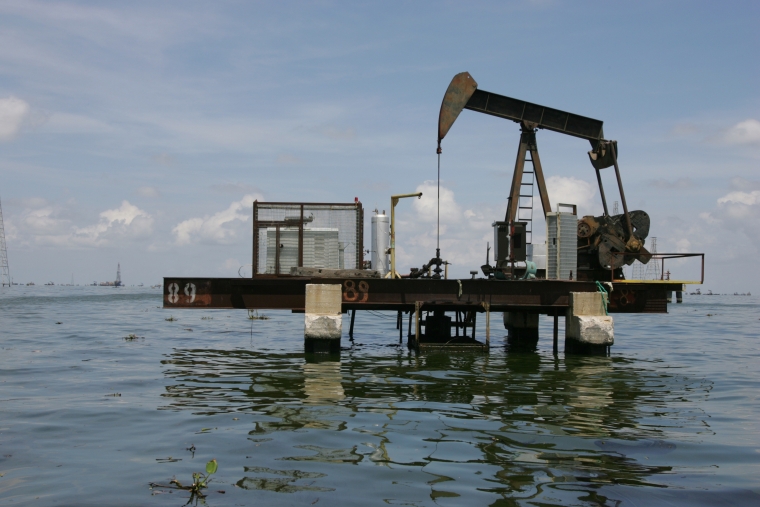
Since the discovery of oil in the early 20th century, Venezuela became one of the world's leading exporters of oil, and in 1960 joined Iran, Iraq, Kuwait, and Saudi Arabia as a founding member of the Organisation of the Petroleum Exporting Countries (OPEC).
In the 1980s:
Main exports: crude oil, oil products.
Main Imports: machinery, equipment, chemicals, manufactured goods.
BCCI in Venezuela
Foreign banks played a prominent role in Venezuela's commercial banking system until 1970, when the Government enacted a Bank Reform Law requiring all commercial banks to reduce foreign ownership to twenty percent and prohibiting new foreign investment in the banking sector. This limited private enterprise to a minor role in the economy.
In 1976, Venezuela nationalised the country’s oil industry, and the government made investments in infrastructure and social services and welfare programmes on a large scale that caused financial deficits.
Due to the imitations presented in the private sector and rules applied by the Central Bank and the use of the oil wealth by the government, Bank of Credit and Commerce International SA (BCCI) acted cautiously and set up a representative office to maintain a presence in Venezuela.
BCCI used its representative office in Caracas as a base to identify new markets in the region, and to also generate foreign trade business for the BCCI network from local banks in other countries in South America.
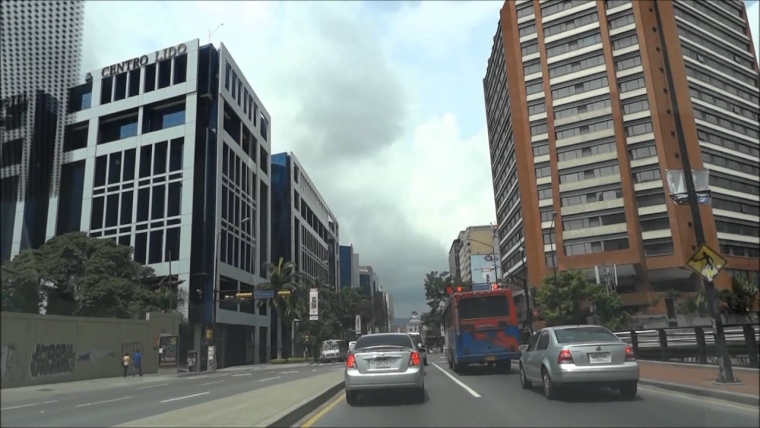
BCCI Caracas Representative Office was located at:
Edificio Cavendes Oficiana 104
Pisco 1 Avenida Francisco De Miranda
Los Palos Grandes, Apartado Postal 68118
Caracas 1062A
Telephone: (582) 284 1522 / 284 0744 / 284 9121 / 283 8553
Fax: (582) 284 3431
Telex: 27466 BCCI VC
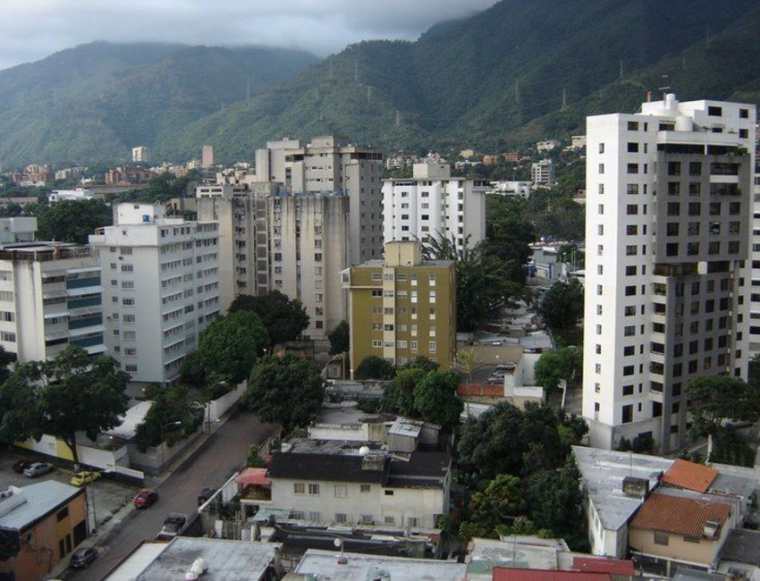
BCCI closure
On 5 July 1991 the regulators and authorities in the West decided to freeze BCCI’s groups assets and abruptly shutdown its banking operations worldwide.
The priority of the governments and central banks in some countries was to protect their people and the local operations of BCCI continued in a different name after the assets and liabilities were acquired by private investors, another bank or the government.
BCCI Caracas representative office did not provide any banking services in Venezuela, and it would have ceased its activities after BCCI's closure.
The BCCI Group majority shareholders considered the abrupt action by western central banks to shut down BCCI in 1991 was unjustified when they already had detailed discussions with the Bank of England and other regulators on a restructuring plan and would have injected further capital, if required.
In a 24-page report not made public but sent to some 60 central bankers worldwide, the United Nations Center on Transnational Corporations said that by simply shutting down the 70-nation banking network that financed international trade of $18 billion a year, the economic damage fell hardest on countries like Nigeria, Bangladesh and Zambia, where B.C.C.I. was an important institution. (New York Times, Feb 5, 1992)
